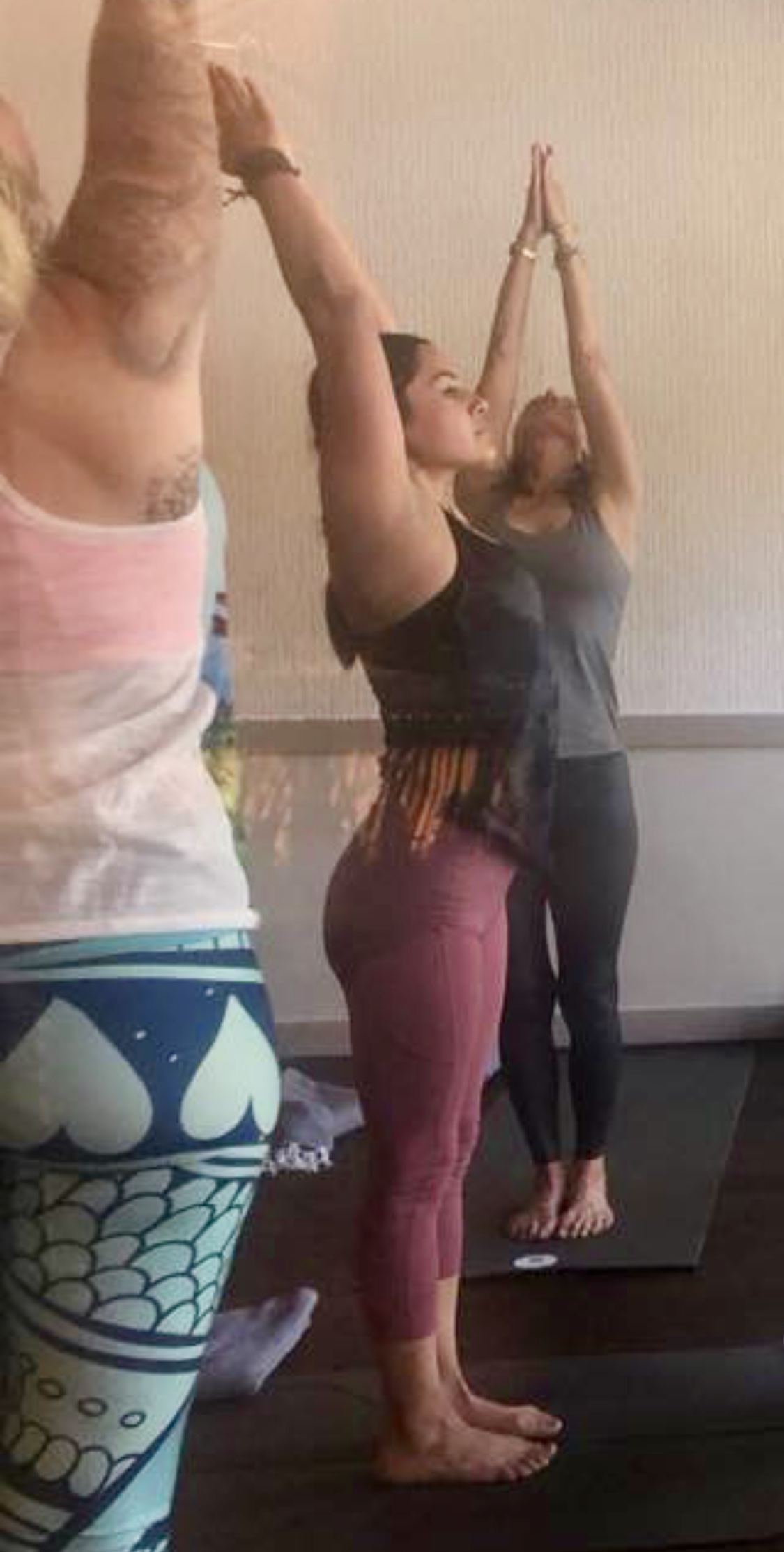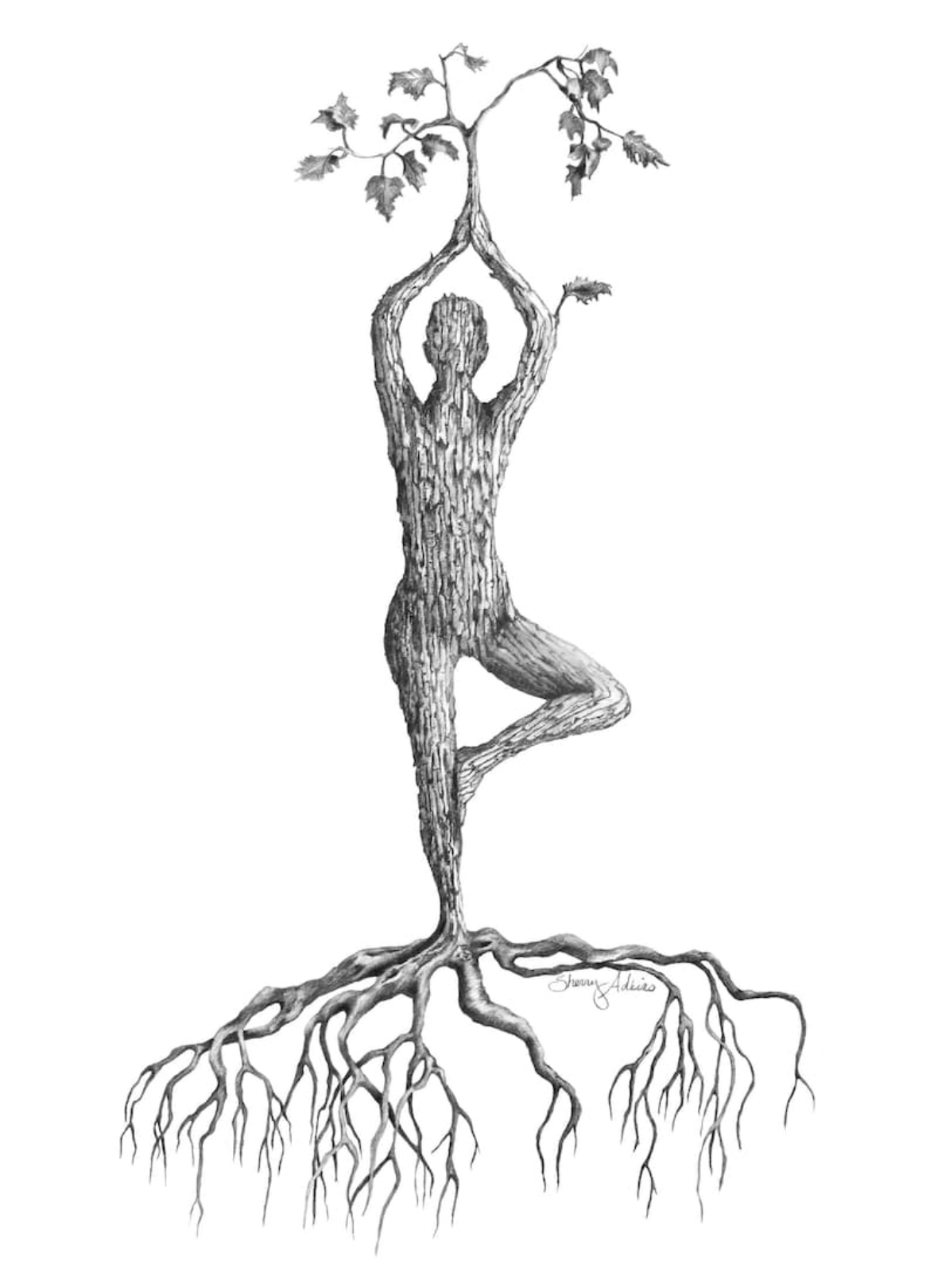Life is a process of change. The human spirit has a natural inclination for growth and renewal while the mind has a tendency to resist. The mystery of what life presents and what one is to become seems threatening at times, driving us further away from who we actually are. Conscious awareness, intension and engagement are paths to get back on track and home to our true nature.
Pathways to Transformation
Marilyn Schlitz, PhD, vice president of research and education at the Institute of Noetic Sciences states in her book, Living Deeply, “Where there is resistance there is stress and disease.” Not that this is riveting news, but she emphasizes that these conditions could also be a gateway to transformation.
What is transformation? Schlitz defines it as the quality of one’s internal reality in the context of feelings, thoughts and perceptions. Transformation involves a shift in personal identity, world view and a multidimensional expression of the mind and spirit. Triggered by a myriad of pivotal moments, conscious transformation can surface in the form of the classic epiphany or emerge as a gradual process over time. It can manifest as a near death experience, a profound feeling of connection — as with the birth of a child — or an enormous change that can spark a turning point. In an interview with Buddhist nun Pema Chodron, she described how the shock of an unfaithful spouse was her gateway to transformation. Sometimes it’s tragedy or drama, other times it’s from the sheer beauty of a sunset. The trick is taking a seemingly ephemeral experience from any time in your life and extracting its revelation. Then, finding a way to use it to irrigate the internal landscape already inhabited.
Conscious Awareness
From his course, Pathways to Transformation, author Mark Thurston, PhD, faculty at George Mason University’s School for Integrative Studies, offers frameworks for understanding the process of transformation. He describes three paths leading to potential insight and the ability to see others more compassionately.
The first one he describes is the Path of Renunciation. It is basically a method of removing the obstacles that prevent enlightenment. For instance, renunciation may entail shedding old habits and reshuffling priorities to catch up with a new worldview. It’s like letting go of deeply worn grooves in life that no longer serve a purpose. Next is the Path of Perfection. Without any effort at all, this pathway affirms that we are already perfect. It is a confirmation that each person is unique and has a service to humanity. It must be claimed and realized though in order for it to fully develop. Third, and for some the most difficult, is the Path of Alchemy. This approach teaches us to face our dark side. It involves wrestling with attitudes, emotions and desires. By facing them we learn to use that energy as a resource for renewal. It is a way of turning adversity into an opportunity to learn and grow.
Intension
This all-embracing construct includes the material life as well as the intangible regions of the soul. “Spirituality is both corporeal and transcendent,” says Dr. Elinor Powell, author, physician and founder of Physicians for Social Responsibility. Her book, The Heart of Conflict, exemplifies the idea that “spirituality may be expressed through a discipline of living attentively in the present moment.” Schlitz found across many spiritual traditions there are four essential elements of practice that help implement transformation. They are intention, attention, repetition and guidance. She also discovered that within personal growth lies an interesting paradox. “Though transformation is a natural process, it also requires making the choice to be open and recognize resistance as it presents itself in daily life.”
Australian psychiatrist W. Beran Wolfe wrote in his 1932 best seller, How to Be Happy Though Human, that by paying attention in life you may find that you’re no longer as preoccupied by self-centered concerns or petty agitations. What seems more interesting is that mindfulness gives rise to clarity. It’s a recipe for happiness and a happy person is aware that it’s not some rare gemstone, but it thrives in the crowded hours of each day.
Spiritual Engagement
Spiritual engagement requires repetition. Much like a physical exercise, it helps breathe vitality into a breakthrough. Repetitive behaviors, functional or dysfunctional, change the way the brain responds to the environment. Recent research shows that even the hippocampus, part of the brain that forms memories, experiences neurogenesis, the growth of new nerve cells. One popular transformative practice is meditation. It cultivates equanimity in the face of life’s highs and lows. Buddhist teacher and author Noah Levine spoke about waking up in a world that is mostly asleep. He said, “It can feel very isolating, and therefore more composure and understanding is needed to feel balanced and connected.” Ultimately, he said, “everyone is doing the best they can. But, the best most people can do isn’t very good”
Finally, guidance from a teacher is useful for staying on course. Studying meditation, going to a yoga class or reading books can increase the transformative potential. There is guidance in visions, voices or the broadening sense of time. Being part of a dedicated community and joining forces with fellow seekers is not only empowering, but comforting. While it is important to practice, keep it in perspective. Getting too attached to spirituality is counterintuitive and can get in the way. A good example is the adage, “Pointing a finger at the moon.” A preoccupation with the “finger” can be an obstacle to the purpose and the goal.
Engaging the Collective Consciousness
Schlitz offers a model of transcendence: “As you let go of self-importance, a deeper sense of self emerges with the feeling of belonging.” The more you feel connected, the more you are able to appreciate your unique role in life. The experimental methods vs. experiential (like meditation) both contemplate the connection between us and the universe in relation to time. In Thurston’s book, Willing to Change, he said, “Transformation awakens a deeper understanding of time.” Recent discoveries in quantum physics show how time appears to be more complex than just linear events.
Christian spiritualist, philosopher and clairvoyant, Edar Cayce, produced much of his work from this multi-dimensional place. Thurston explains that traditionally we believe anything that can be known is within the range of our physical senses. It’s called “local awareness.” “Non-local” awareness is usually a territory relegated to mystics. The three-dimensional world as we know it is thought of as matter, space and time, however; Cayce’s unique perspective about time classified the three dimensions as space, time and patience. In this sense, patience is not about waiting, but being in the present moment. Since patience is connected to ideals and values, there is an expansion of ourselves across time. When we allow things to be as they are, miraculously frustration, fear and resistance dissipate. Patience is a response to what is happening in time, not our history.
Basic science tells us we are separate. This is an unhelpful paradigm because the way we think is the way we behave. It’s been the source of most war and conflict. The feeling of separateness begs for ego-eccentricity. Profound transpersonal experiences repeatedly convey a sense of interconnectedness that inspires compassion and altruism. As Trappist monk Thomas Merton said: “The whole idea of compassion is based on a keen awareness of all living beings. Think of it as coming home to yourself and your own true nature.”
Waking up to what we are capable of becoming is the essence of transformation. It’s the shift in perception that changes the way we relate to ourselves, others and the world. Empowered by the willingness to change, we facilitate transformation with practical theories and frameworks. A new understanding in the concept of time facilitates passage through the narrow channels of the ego where intuitive knowledge opens into a sea of light. By approaching the nature of human consciousness with research and methodology, sustainable self-actualization becomes the hallmark of human potential.
Published by Yoga+life Magazine
References
Arntz. W. (2004). What the Bleep Do We Know? Down in the Rabbit Hole. Ca. Roadside Attractions/20th. Century Fox.
Cayce, E. (March 18, 1877-Jan. 3, 1945) Christian Spiritualist, Clairvoyant, Philosopher.
Cohen, A. (2003). Interview by C. Vieten. Video recording. Sept. 22. Emeryville, Ca.
Durkeim, E. (1858–1917). French sociologist. http://www.bolenderinitiatives.com/sociology/emile-durkheim-1858-1917
Hollis, J. (2005). Finding the Meaning to the Second Half of Life. New York. Gotham Books.
Levine, N. (2003). Dharma Punx. San Fransisco, Ca: Harper.
Moyer, B. (2006). On Faith and Reason. Interview with Pema Chodron. WETA. http://www.pbs.org/moyers/faithandreason/print/faithandreason107_print.html
Merton, T. (2007). Echoing Silence. Boston: Shambhalea Pulications.
Powell, E (1984). The Heart of Conflict. Canada. Zondervan Publishing House.
Schlitz, M. (2007). Living Deeply. Oakland, Ca. New Harbinger Publication and Noetic Books.
Smith H. (2006). Interview by M. Schlitz andt. Amorok. Vieo recording July 18, Berkeley, Ca.
Steindl-Rast, D. (1984). Gratefulness, the Heart of Prayer: An Apporach to Life in Fullness. New York: Paulist Press.
Thuston, M. (2005). Willingness to Change. Rancho Mirage, Ca. We Publish Books.
(2010). Course, Pathways to Transformation. George Mason University. Fairfax, Va.
Wolfe, W.B. (1932). How to be Happy Though Human. Retr., London: Routledge, 1999.





